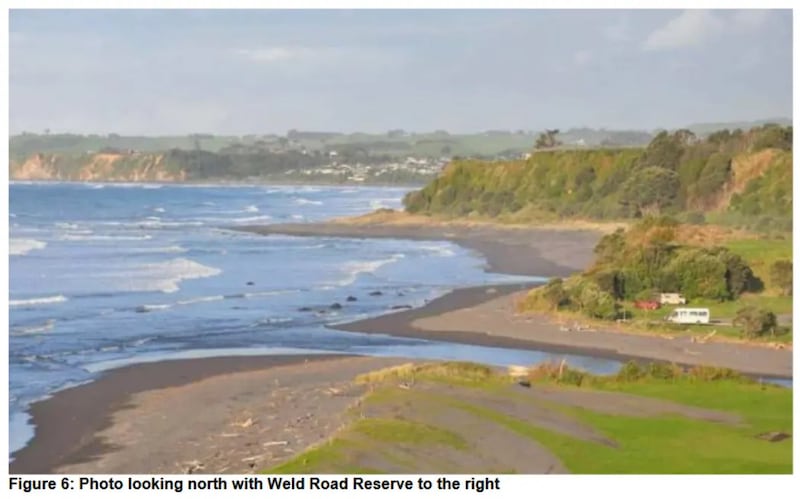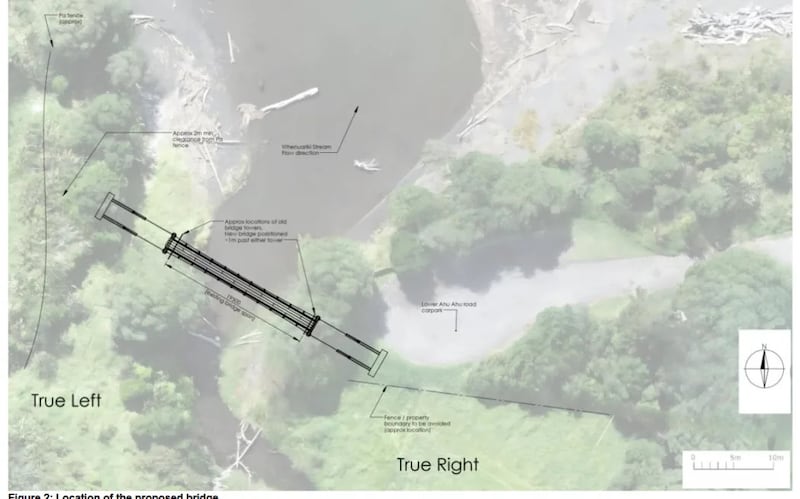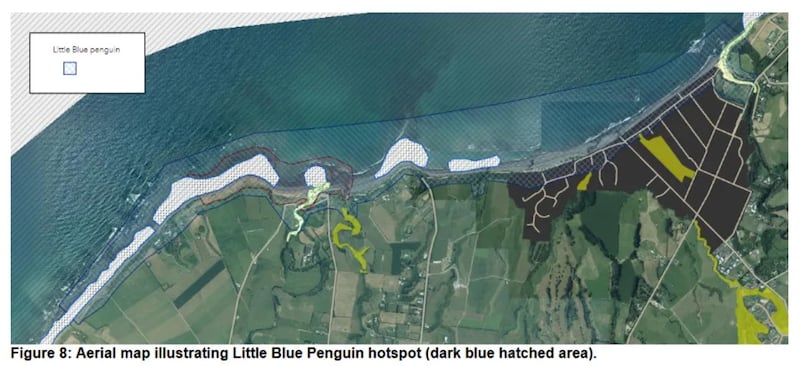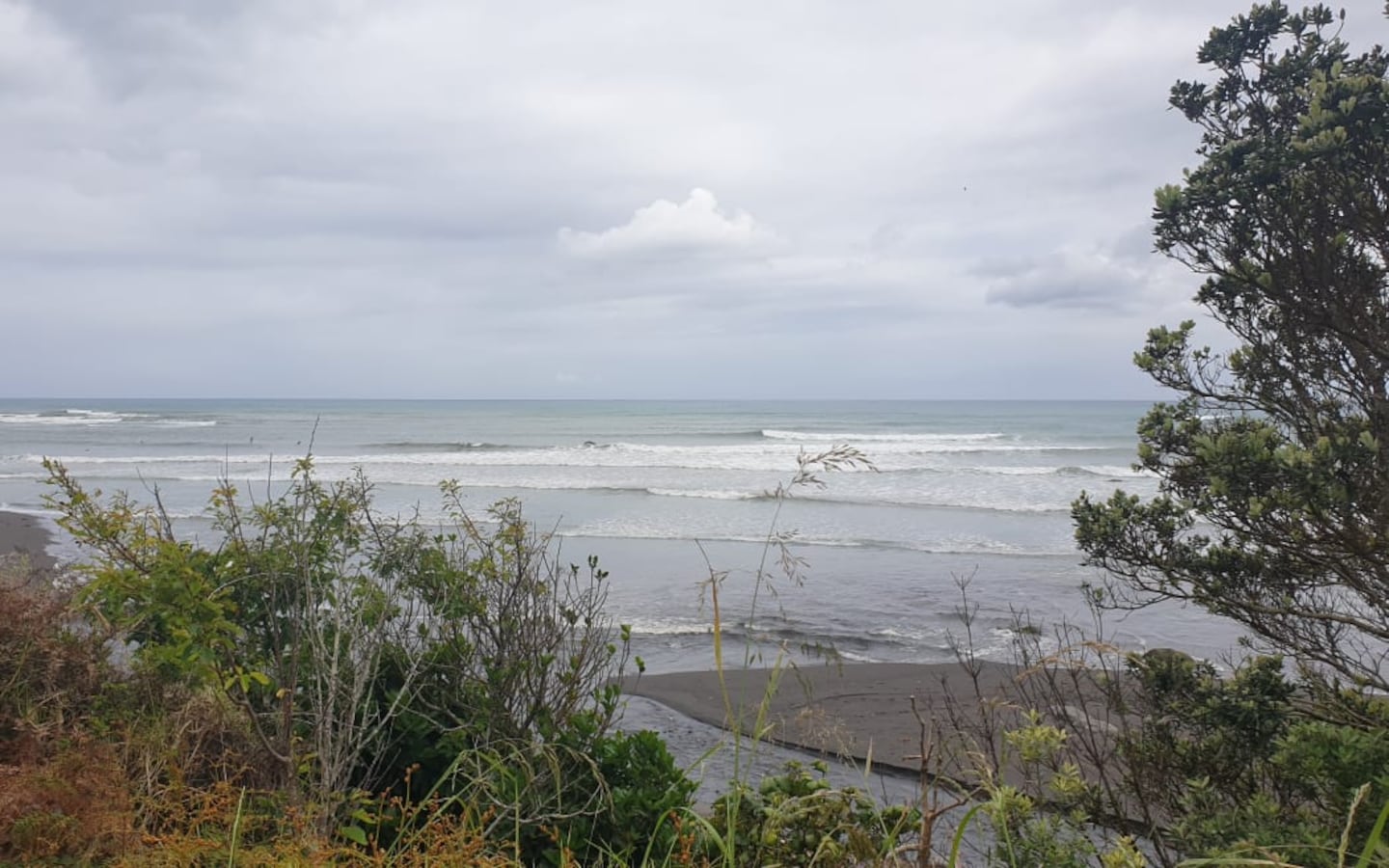This article was first published by RNZ.
Construction on a new coastal walkway and bridge to protect a historic pa site in Taranaki from walkers and mountain bikers is one step closer after the Taranaki Regional Council approved consents for the project.
Ngāti Tairi and Ngā Mahanga hapū have long been concerned that people crossing Hauranga Pā, near Ōākura, were damaging it, a claim supported by two archaeologists’ reports.
People using the 10km Ōākura Coastal Trail were going over the headland occupied by the pā site at high tide or during storm surges to get to and from Ahu Ahu Road beach and Weld Road beach, a problem exacerbated by a storm destroying the existing bridge across the Whenuariki Stream in 2022.
As a result, informal walking and cycle trails had developed, damaging the pā, a heavily populated site in pre-European times, and exposing archaeological features.
New Plymouth District Council, which manages the Weld Road Coastal Reserve, approved a $570,000 bridge, rockwall and walkway traversing the headland in 2021.
The latest estimate was that the project would cost about $2 million, with about $440,000 of funding from the NZ Transport Agency.

The NPDC applied to the regional council for consents to undertake the work in the Coastal Marine Area.
Before making its application it consulted with Ngā Mahanga & Ngāti Tairi hapū, Ōākura Pa Trustees, Taranaki iwi, Department of Conservation, Heritage New Zealand, neighbours and the local community.
NPDC also asked that the application be publicly notified and 14 individuals and organisations were directly approached, but only two submissions were received: one in favour of the project and one against.
Clive Neeson submitted on behalf of the creators of the Ōākura Coastal Trail.
“A safe link between Ahu Ahu Rd and Weld Rd (once a traffic bridge) has been in existence since living memory and is as vital to the Ōākura Coast Trail as the Te Wera Wera bridge is to the New Plymouth Coastal Walkway.
“We eagerly await reinstatement of this link for the sake of community physical/mental health, saving petrol, biking to school etc and because it has always provided the vision and impetus to continuance of our environmental volunteer effort.”

He said construction of the walkway and footbridge had overwhelming public support.
Ahu Ahu Road resident Sarah Smither did not believe the bridge or walkway was necessary.
“After all it’s a bridge to nowhere - the Whenuariki stream is seldom deep and easily crossed. Surfers at Weld Road wade that river to get to the surf break, so it seems most people accept the possibility of wet feet while at the ocean and river mouth!
“Bikers use the existing path to ride from Ōākura and back. Who is it who wants to cycle up Weld Rd and onto the highway to make hazards of themselves.”
She believed the disruption to the environment during construction was not worth it and would disturb resident bird life, as had happened at other beaches.

“The same scenario will play out at Ahu Ahu and Weld Road. Driving off nesting shags who have recently increased in number and the pairs of grey herons.”
Construction of the 140m-long 12m-deep revetment or boulder abutment for the walkway would require excavation of about 1150m3 of existing beach material, according to the consents application, and 1400m3 of fill material would be required for the structure itself, and about 240sqm of vegetation would need to be removed.
A 2m-wide concrete path would be embedded at the top of the rockwall which would be about 3m high.
The Weld Road carpark would be required as a laydown area during the three- to four-week construction of the abutment.
The new bridge would be about 21m long and merge into the walkway. Ahu Ahu Rd carpark would be used as a laydown area during its three- to four-week construction.

The consents application identified a total of 12 terrestrial bird species present in the area and 11 exotic and native/naturalised seabirds and waders, including reef heron, New Zealand dotterel, common-diving petrel, black shag and red-billed gull.
Kororā (little blue penguin) may also be present within the pathway and bridge sites and/or the surrounding area, given the available habitat and historical presence of these species in the area.
After considering the application, the regional council granted consents, subject to environmental controls and a penguin management plan being in place.
NPDC was still to consider similar land use consents and DOC would be required to issue Wildlife Act permissions before the project could go ahead.
The regional council would also be required to approve a change to existing consents allowing the diversion of the Timaru Stream during construction of the walkway. An application for this change was still outstanding.
- RNZ


